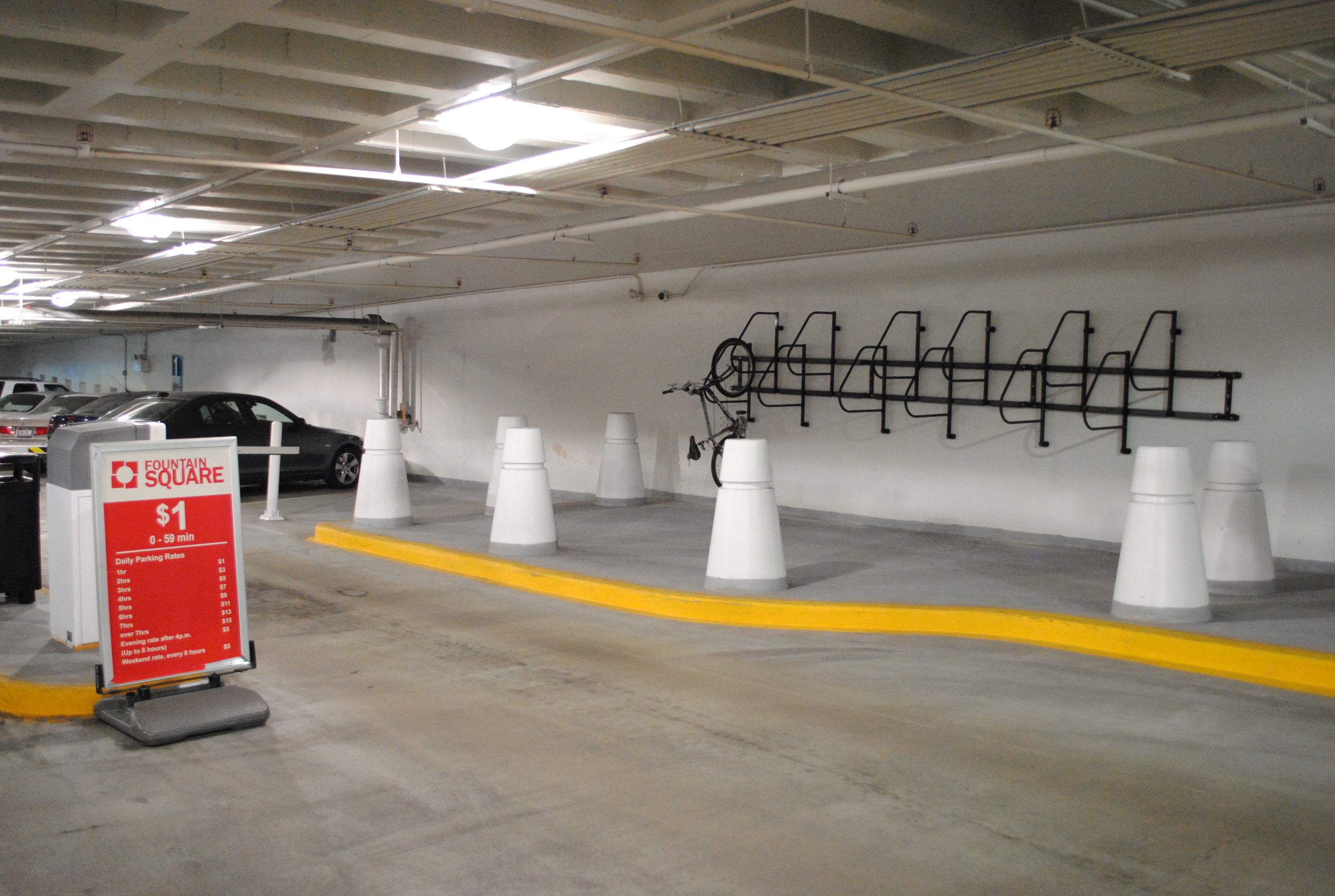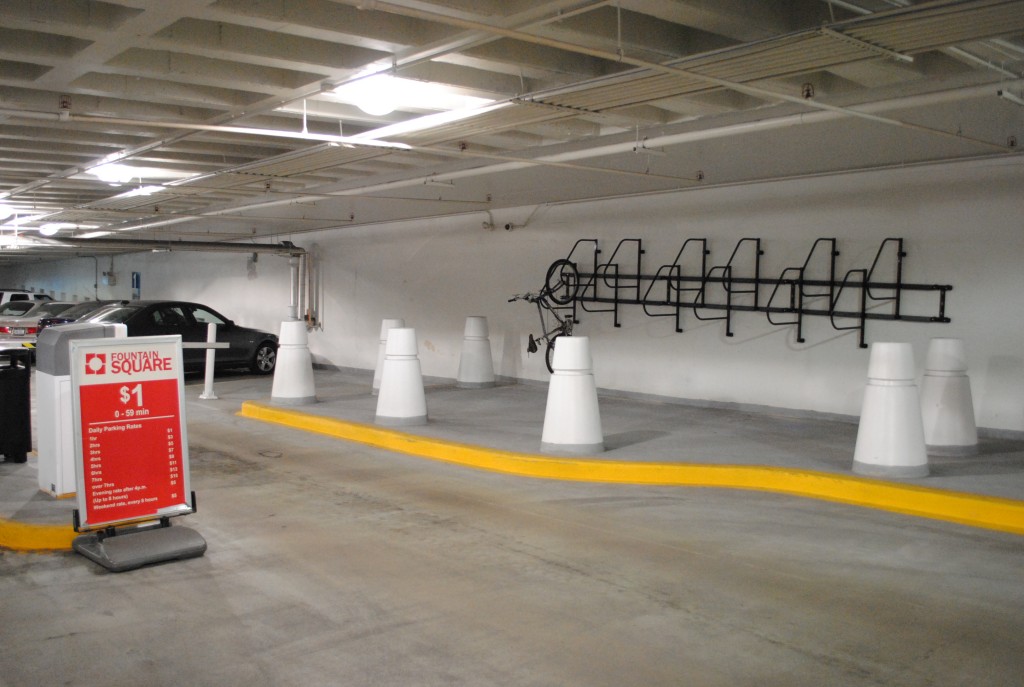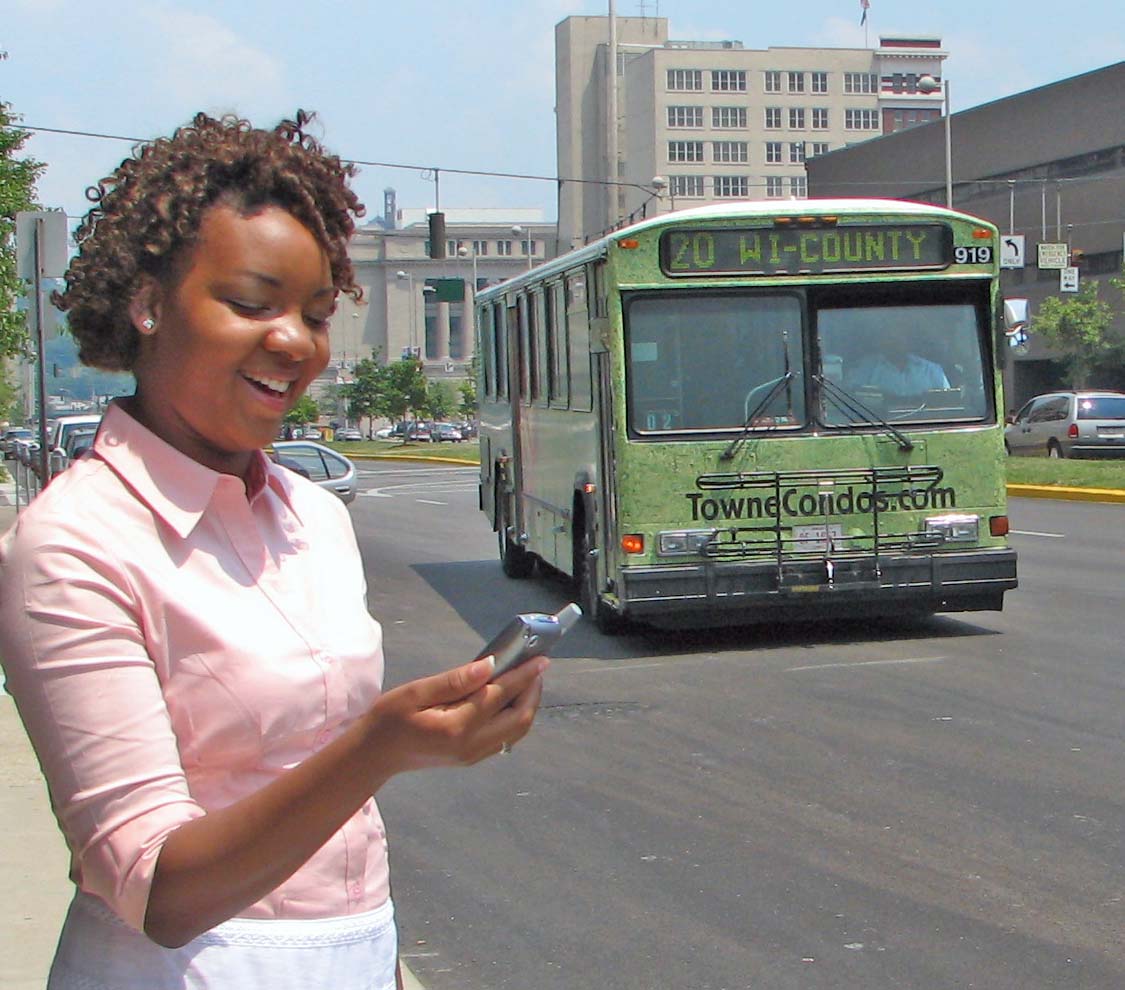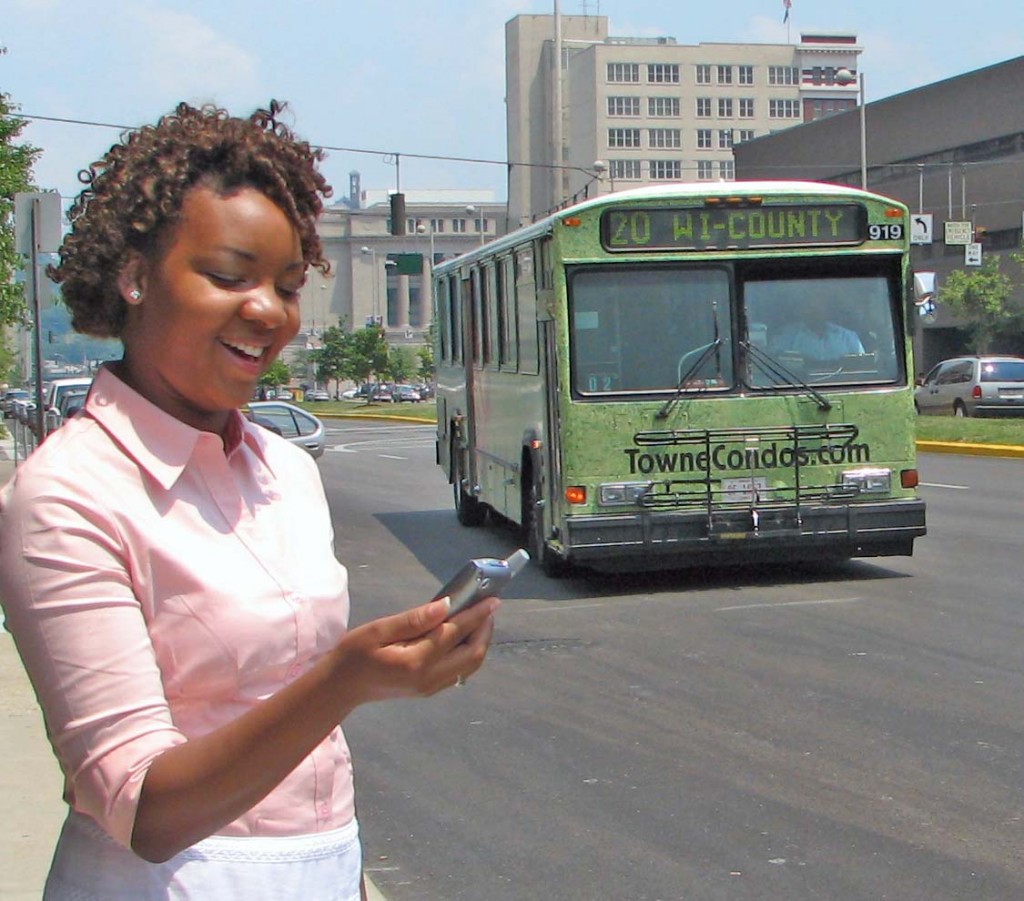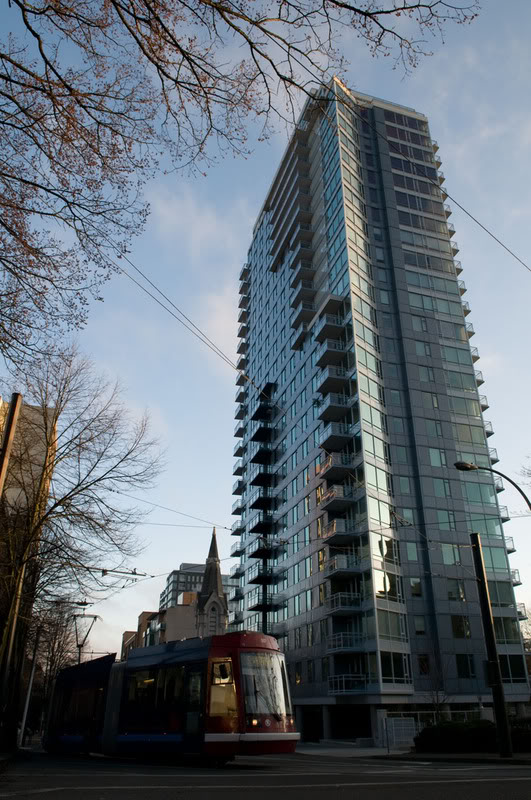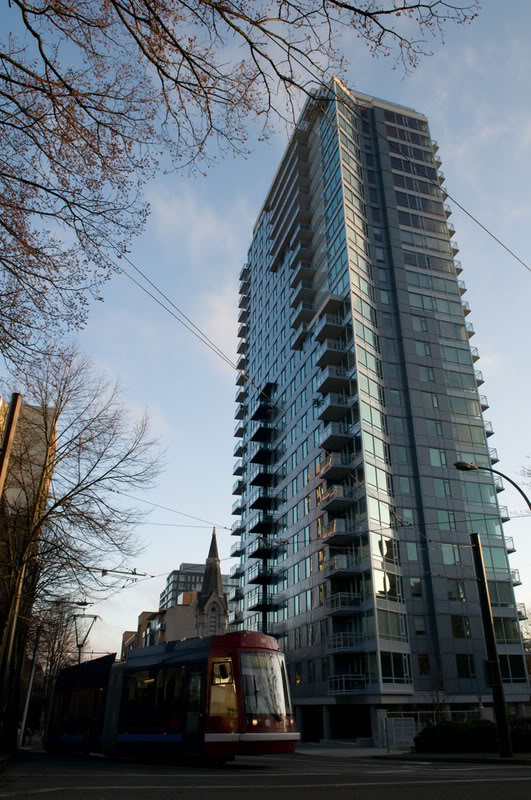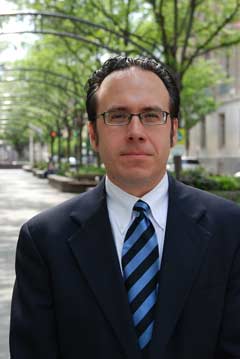 P. Casey Coston lives in North Avondale and works as an attorney. This op-ed piece was written for UrbanCincy as a follow-up to his op-ed piece that ran in the Enquirer on May 28, 2010.
P. Casey Coston lives in North Avondale and works as an attorney. This op-ed piece was written for UrbanCincy as a follow-up to his op-ed piece that ran in the Enquirer on May 28, 2010.
Last week, the Enquirer trumpeted a privately commissioned poll with a headline screaming “Poll: Most Oppose Streetcars—Enquirer Survey Shows 2:1 Against $128 Million Project.” For anyone who made even a cursory reading of the polling data, the headline was patently misleading. Not unexpectedly, the Enquirer’s curious and novel attempt at polling the public with regard to capital infrastructure projects gave birth to a maelstrom of criticism, both in the general public as well as an overheated blogosphere, all of which left the reeling local paper of record with some serious s’plaining to do. The scrambling attempts at damage control, including a tail-grabbing attempt at the Twitter-tiger, ultimately concluded in a somewhat tepid mea culpa in Wednesday’s Enquirer editorial, as streetcar proponents and local bloggers galvanized in an energetically empowered voice of protest.
Indeed, in analyzing the polling data, one could pretty much go in the exact opposite direction of the Enquirer headlines, leading to any number of pro-streetcar conclusions. For example, as demonstrated by an analysis in the excellent CincyStreetcar blog, a more apt and stirring headline would have been “According To Enquirer Poll, Cincinnati Streetcar Will Earn In Excess of $20 Million Profit Annually.” This was based on the number of poll respondents who stated they would ride the streetcar, when calculated on an annualized basis, taking into account the farebox revenues and operating costs.
The source of the outcry was both the erroneous spin that the headlines trumpeted, when coupled with a second, insult-to-wrongful-injury article indicating the poll “buoyed streetcar opponents.” For this, the Enquirer speed-dialed the eminently quoteworthy ex-Councilman and ex-Congressman Tom Luken, whom the Enquirer reflexively runs to as a source of “Loyal Opposition” to the streetcar project. A note about Mr. Luken. I have debated him regarding the streetcar on the steps of City Hall. I have sat next to him as we gave testimony at numerous hearings on the streetcar. I am certain that, over the years, he has served his constituents loyally, competently and to the best of his abilities. But let’s be honest folks, to be painfully candid, Mr. Luken’s arguments have been incoherent at best, and “distortions of the truth” (to put it mildly) at worst. He has continually stated blatant misrepresentations when arguing against the streetcar (“it will cost $2, maybe 3 billion,” when, actually, the first phase is $128 million). Nevertheless, he seems to have carte blanche and remains unchallenged in the eyes of the Enquirer reporters.
Simply stated, Mr. Luken, albeit both folksy and apparently, in some circles, beloved, is not a credible advocate, and to continually give him a megaphone with which to project his unchallenged and ill-informed views is a disservice to reasoned debate. At the last City Council, Mr. Luken derided streetcar supporters to anyone who would listen, branding the 29 citizens who spoke in support (versus two, including Luken, against) as the “children’s brigade.” When I challenged him on this, noting that the supporters ranged from ages 17 to 77, he accused me of “profiteering” off the project. When I suggested that some of them were recent college graduates or soon-to be grads who we would like to retain in the city, he snorted, on multiple occasions, “let ‘em go. We don’t need them here.” All of this conversation was within ready earshot of the Enquirer reporter. Where was that quote in the next day’s paper?
Nobody is asking the Enquirer to blindly embrace the streetcars—hard questions should be posed–although balanced coverage wouldn’t be too much to ask. For example, hard questions should also be asked of Mr. Luken. What empirically proven solution does he propose instead to grow our city’s tax base and revenues? Does he really want college graduates to leave Cincinnati and not return? Where does the $3 billion cost he cited for streetcars come from? Does he feel we should vote on this? Should we vote on the Brent Spence Bridge? How about the Waldvogel Viaduct? How about new curb cuts in my neighborhood?
Last Wednesday, in a classic “wag the dog” scenario, on the same day as an excellent CityBeat expose by Kevin Osborne, the Enquirer published its mea (kinda) culpa editorial, replete with a raft of pro-streetcar letters meant to mollify conspiracy-minded streetcar supporters (while at the same time running an editorial demeaning the proponent’s cause as bordering on zealotry). In so doing, the paper did not really admit any bias or wrongdoing, but rather nobly seized the mantle of supposed “objective” oversight. Explaining further, the Enquirer intoned that it was not opposed to the streetcar per se, but merely there to ask the “serious questions.” Additionally, the Enquirer concluded, any complaints about the incongruous polling results should be laid directly at the city’s feet, as streetcar proponents at City Hall have not “communicated a vision for the streetcar’s purpose and promise strongly or clearly enough to the larger community.”
Oh please. Such a transparent and easy dodge is patently disingenuous. The city has put out videos, press conferences, reports upon reports. The city has an elaborate and informative website full of data, links and related information (a site which, I might add, would answer/rebut virtually all of the anti-streetcar comments spewed by the Enquirer comments board klavern on a daily basis). The city even trundled a dog and pony show around town, holding a series of open houses in various neighborhoods in order to further educate the public (even if the “larger community” didn’t care enough to turn out).
What has the Enquirer done to educate the “larger community”? Quoting Tom Luken repeatedly as some solemn voice of reason, while at times entertaining, doesn’t count. Obviously, the Enquirer could do a lot more to get a balanced message out if it really wanted. Not pro or against, but basic information that would allow rational, sentient beings to make an informed decision. The paper actually did just that last Fall in the Forum coverage prior to the Issue 9 election, with a mostly excellent and informative selection of articles. But far and away the coverage of choice since then seems to be hit pieces, bereft of substantive content, which instead give us rambling rhetoric from Granpa Luken with zero in the way of a counter from the other side, all while posturing and cloaking it in their noble goal of simply asking the, tsk tsk, “hard questions.” Seriously…when has the Enquirer ever asked “serious questions” of the opponents? Streetcar opponents get away with absolute flat out lies, and when has the Enquirer ever asked a “hard question” of them?
It is clear from the bulk of the letters to the editor (last Wednesday’s manufactured showing notwithstanding), as well the downright frightening online comments, that the majority of the Enquirer’s readers are woefully ignorant about the streetcar proposal. The fact that the streetcar is a proven tool for re-energizing the urban core, in the process connecting our city’s two largest employment centers, promoting development and expanding the tax base via increased revenues and residents, is lost on a large chunk of its readership. Instead letters and commenters talk about a “choo choo trolley to nowhere,” the “homeless trolley” or a “jail train.” Such comments, while exposing the author’s ignorance, also hint at some of the more naked and ugly prejudices that lie beneath. If the comments are any example of the message the Enquirer is communicating, then it looks like they might want to re-think that message.
Moreover, the Enquirer has the temerity to criticize streetcar supporters for not “communicating” better? The poll represented some incredibly positive news, seismic shifts even, with regard to the streetcar and its prospects. But it’s difficult to get that message out when you’re pushing an engine-less Skoda streetcar up Sycamore with Tom Luken and Margaret Buchanan on the roof shouting at you with bullhorns to turn around and shut it down. Sorry, but that dog won’t hunt.
If the Enquirer is so interested in “educating” the “larger community” on this issue, maybe they should be a bit more pro-active…devote a column a week to a pro/con. The uproar and about face this week proved that alternative news sources can and should be heard. Monopolistic in business is not monotheistic in beliefs, and not everyone in this town needs to genuflect at the altar of the almighty Enquirer. Perhaps let a streetcar blogger be part of the co-opted realm of the (seemingly) Enquirer-subsumed local blogosphere.
Bottom line–it is disingenuous to say “you’re not doing enough to get the message out there,” and then thwart that very message at every turn.
Sorry Enquirer. Not good enough.
 It was announced this week that Wendell Young will replace Laketa Cole on Cincinnati City Council as she leaves to take a job at the Public Utilities Commission of Ohio. Young is a retired police officer and is currently a high school teacher in the Cincinnati Public School District. Young has run three previous City Council campaigns all of which left him on the outside looking in, but now the North Avondale resident will have his chance inside City Hall.
It was announced this week that Wendell Young will replace Laketa Cole on Cincinnati City Council as she leaves to take a job at the Public Utilities Commission of Ohio. Young is a retired police officer and is currently a high school teacher in the Cincinnati Public School District. Young has run three previous City Council campaigns all of which left him on the outside looking in, but now the North Avondale resident will have his chance inside City Hall.
